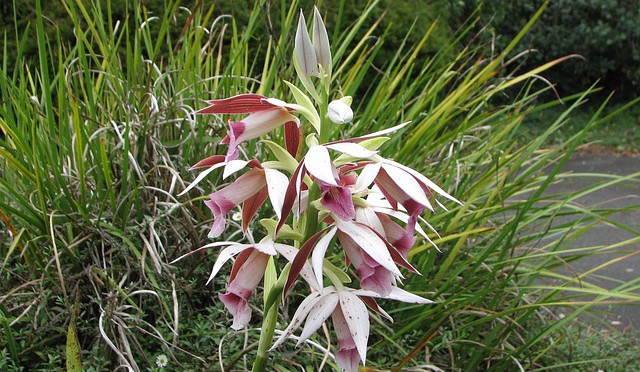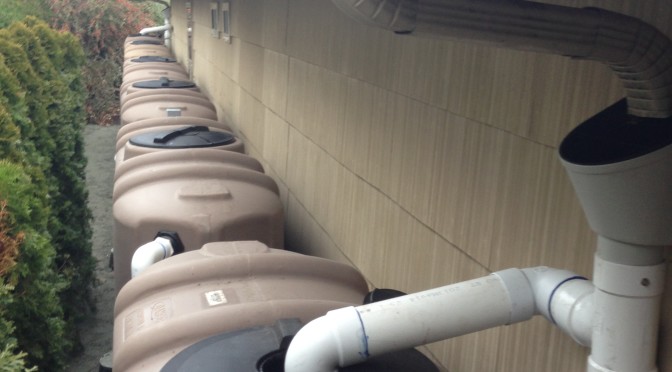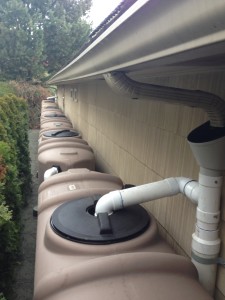 A Florida nonprofit organization has constructed and enacted a sustainable plan to capture rainwater for reuse in irrigation. In the true spirit of “it takes a village”, the Naples Botanical Gardens put together a robust team of professionals to develop its master building plan. According to an article in the Naples (Florida) News, the team included landscape architects, garden professionals, a restoration ecologist and a civil engineer.
A Florida nonprofit organization has constructed and enacted a sustainable plan to capture rainwater for reuse in irrigation. In the true spirit of “it takes a village”, the Naples Botanical Gardens put together a robust team of professionals to develop its master building plan. According to an article in the Naples (Florida) News, the team included landscape architects, garden professionals, a restoration ecologist and a civil engineer.
Throughout the development, the team addressed the unglamorous topic of stormwater management by bringing it to the forefront and highlighting its importance in managing a sustainable lifestyle.
Stormwater becomes a visible component of the landscape.
“Stormwater isn’t sexy,” says Deputy Director Chad Washburn, pointing out that managing stormwater is vital to the project. “We are in the habit of hiding stormwater runoff, but whether visitors realize it or not, we are showcasing it at Naples Botanical Garden.”
Visitors are greeted in the parking lot by a collection of rain gardens and three “bioswales”. According to Rain Garden Network, a rain garden is a shallow depression that is planted with deep-rooted native plants and grasses. The garden should be positioned near a runoff source like a downspout, driveway or sump pump to capture rainwater runoff and stop the water from reaching the sewer system.
The runoff is captured during the rainy season and saved for reuse during drier times, giving the gardens much needed water to allow species like gumbo-limbo, cypress, leather fern, swamp lilies and palmettos to survive and thrive.



 Here is a series of articles previously published by RainBank, on how to build a rainwater collection system.
Here is a series of articles previously published by RainBank, on how to build a rainwater collection system.
 On May 15, Washington Governor Jay Inslee declared a statewide
On May 15, Washington Governor Jay Inslee declared a statewide